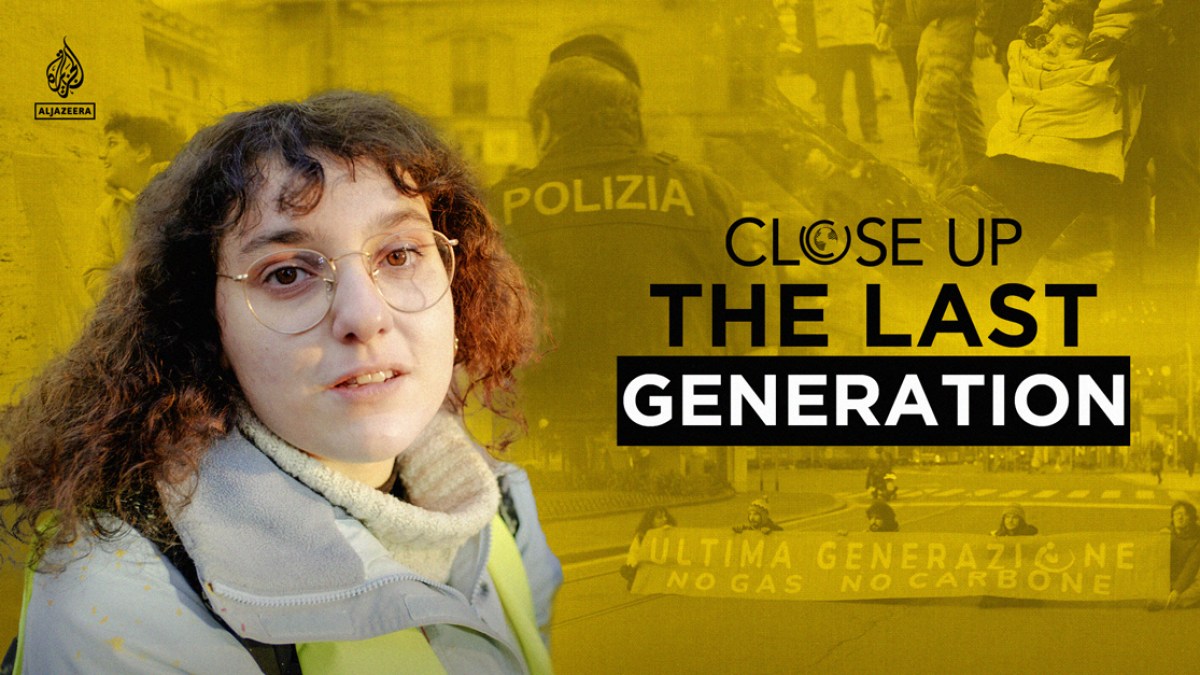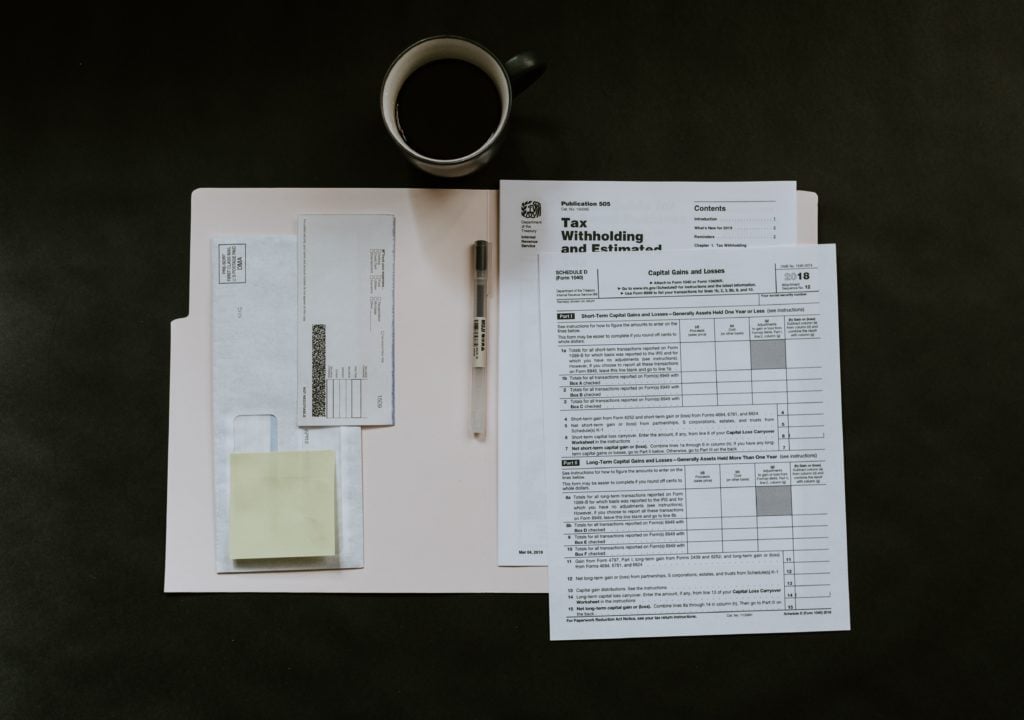Tuesday, April 18, 2023 | 2 a.m.
The year was 1934. The Great Depression ravaged the United States.
Unemployment was only starting to turn around but was still at a painfully high rate of 22%. Nearly a quarter of Americans were out of work, and to make it worse, weather and drought in the Midwest destroyed 35 million acres of farmland. Hundreds of millions of acres were at risk, and many people were in danger of starvation, while others chose to take their own lives in increasing numbers.
Things were not only terrible in the United States, but there was uncertainty abroad as well. Germany’s Adolf Hitler had declared himself the fuhrer, Josef Stalin was massacring people in Russia, and Chairman Mao Zedong’s totalitarian communist doctrine began to rise. America’s position in the world was uncertain. This was a time of chaos, change and desperation worldwide.
We were on edge and terrified of what could come, having already seen World War I and a global pandemic. While the Roaring ’20s brought the Gilded Age and exciting waves of innovation, the economy collapsed in 1929, leaving the American population in desperation and fear. Some of this rings eerily familiar and ominous to us today as we wonder where the banking crisis, technological disruption, and war in Ukraine will lead.
President Franklin D. Roosevelt was in a challenging situation as he tried to figure out how to rebuild America. He decided that the route to recovery was a series of programs he called the New Deal. In our history classes, many of us learned that this monolithic government program used brute force to throw money at infrastructure and employment programs to get the economy moving again. But in fact, a large part of the New Deal involved getting the private sector to start reinvesting and help reduce risks for investors by making them feel comfortable putting their money into building the future of America.
FDR created the Reconstruction Finance Corporation, which acted as an intermediary and a guarantor of loans from private lenders. Private companies and private investors put their money into the investments managed by the corporation, and these investors saw private returns with guarantees from the federal government. This brought back investors’ confidence, created more jobs and provided the capital needed for the entrepreneurs to create the jobs that built a path out of the Great Depression.
The Rural Electrification Administration similarly helped reduce the risk for investors by bringing electricity to rural areas disconnected from the grid. There was little private financial incentive for them to build the infrastructure to connect rural America to electricity, but because of this program, they were able to reach them. Rural America joined the modern economy, creating opportunities for entrepreneurs and businesses to serve them through radio, television and household electronic goods and appliances, which they could now power with electricity.
This is a virtuous cycle where the innovation and entrepreneurial class is empowered, driving progress forward. Whether within small businesses or big companies, they saw solutions to problems and created the products and services to deliver those solutions. In this way, the effort to end the Great Depression became an era that transformed the way we live through enabling platforms and entrepreneurship.
The New Deal was ultimately successful. The economy got moving again, it then doubled throughout World War II and continued growing to create long-term growth and innovation. It created an enormous middle class in the United States.
The quality of life was unchallenged in the world, and the fruits of growth were shared more widely than before. Our opportunity is to create a better, more sustainable world for humanity rather than destroy what it has built through wars.
Our task today — to make the peaceful transition to a sustainable economy — is one that is full of abundance and opportunity for all. In many ways, we are still benefiting from these efforts today, and we have many lessons we can take from this experience if we choose to remember what we learned.
Justin Bean is the author of “What Could Go Right.” He wrote this for InsideSources.com.















